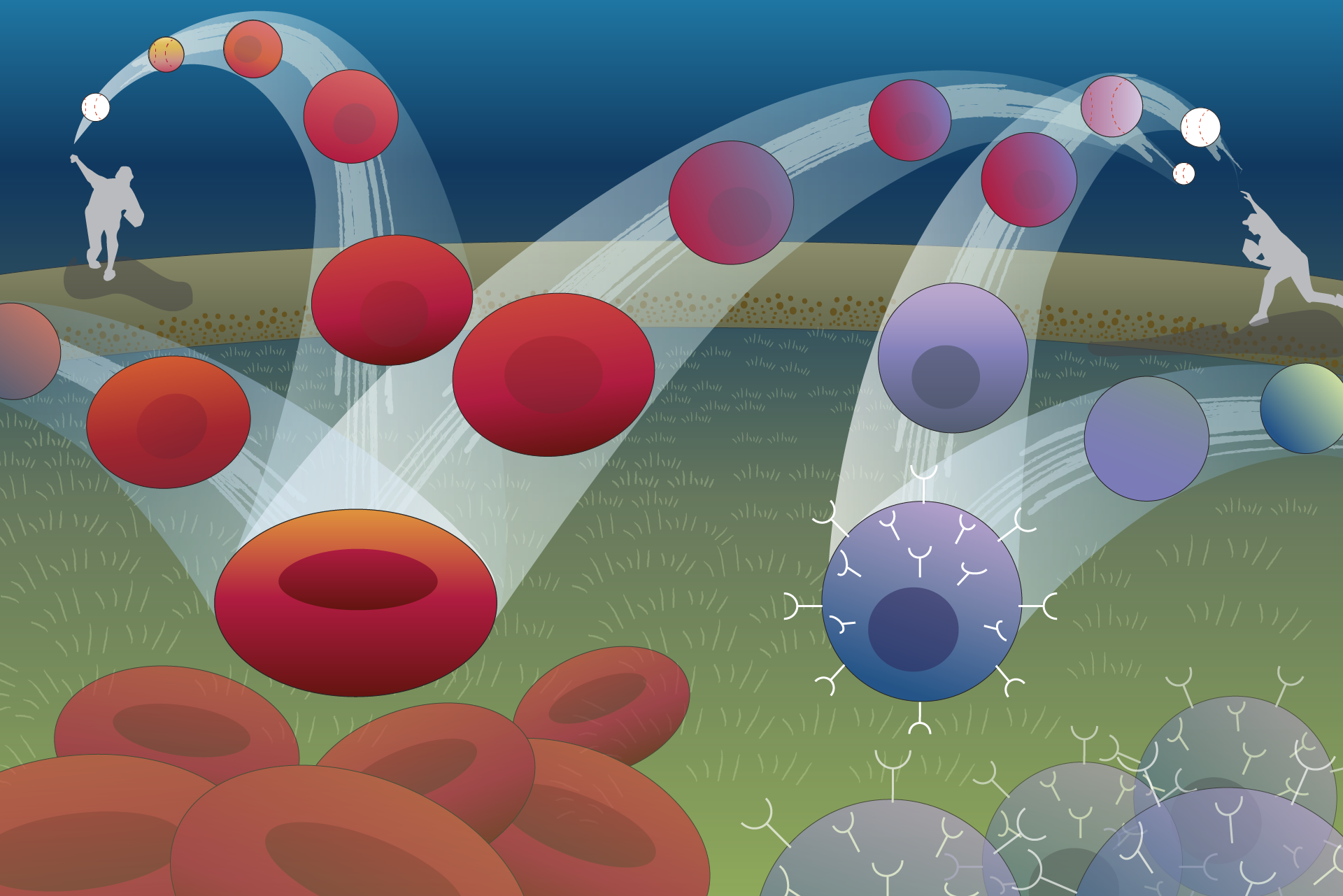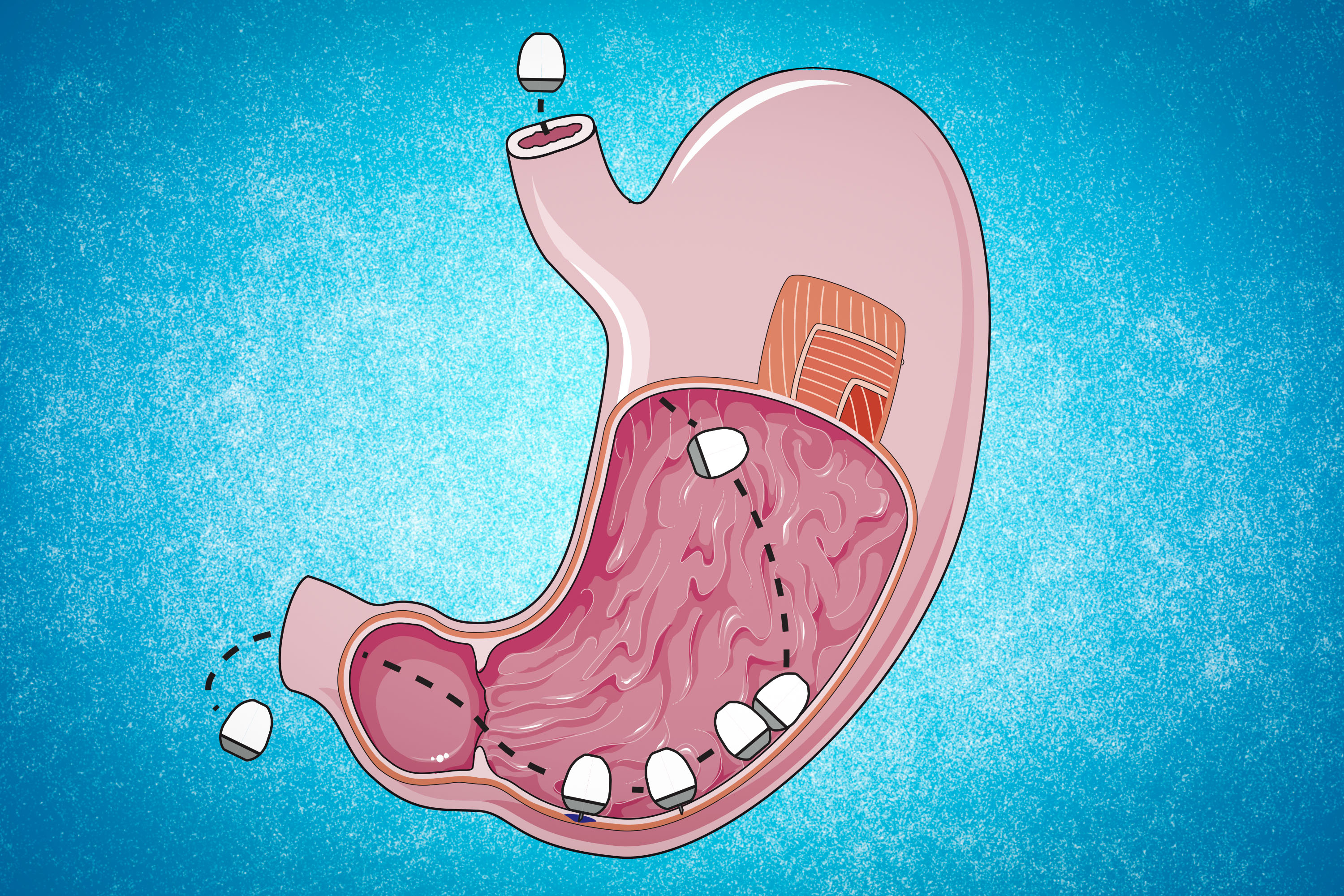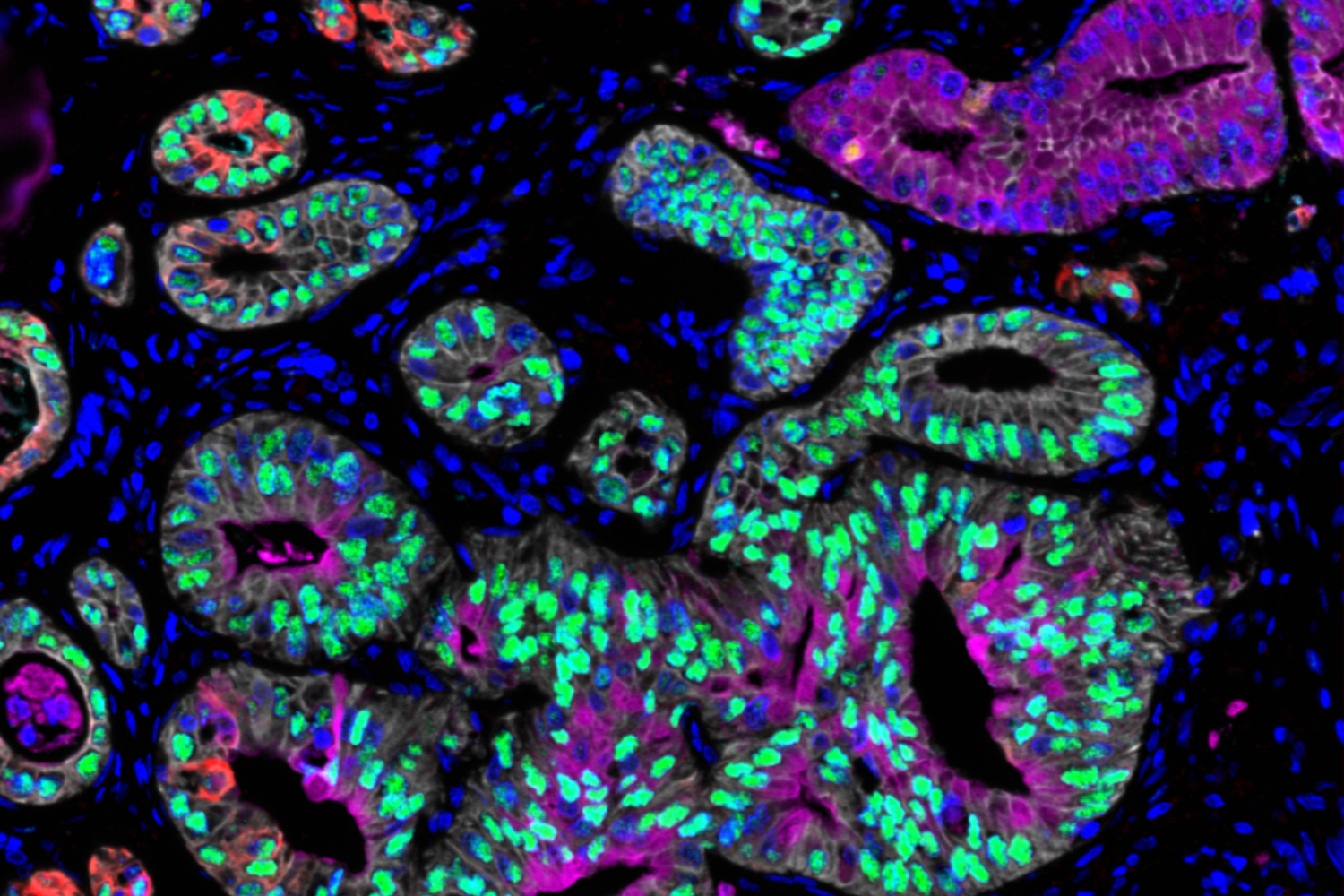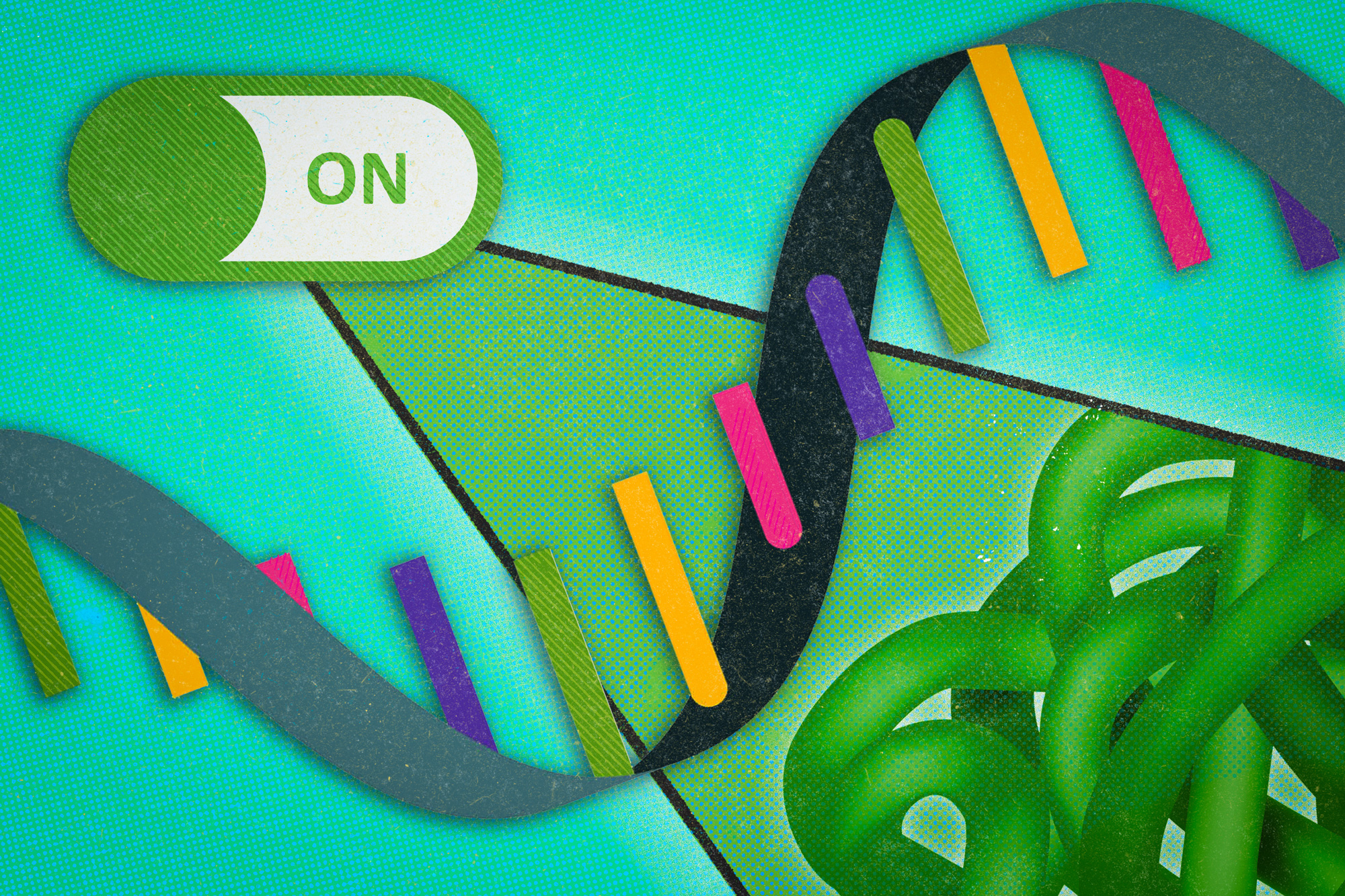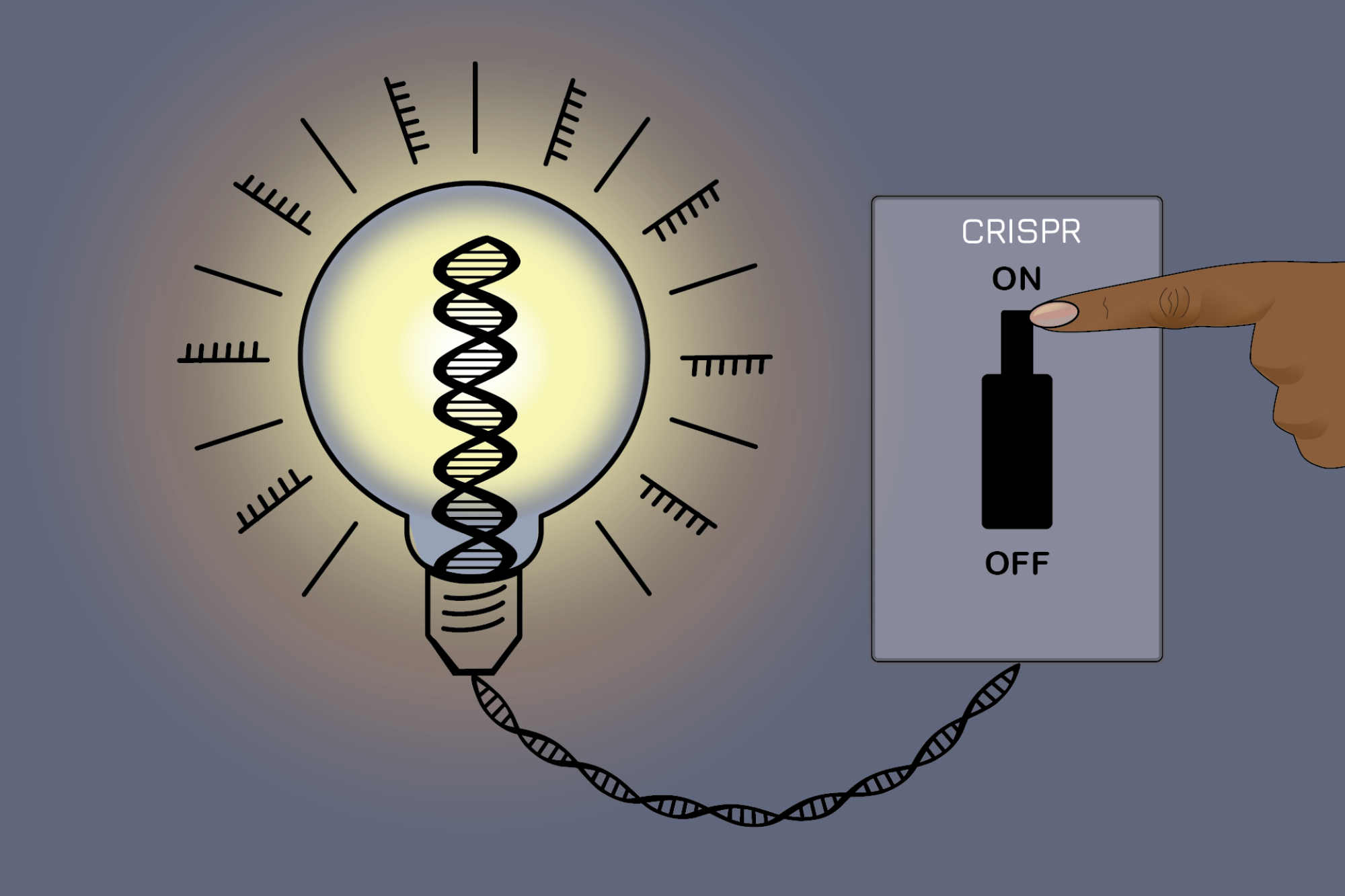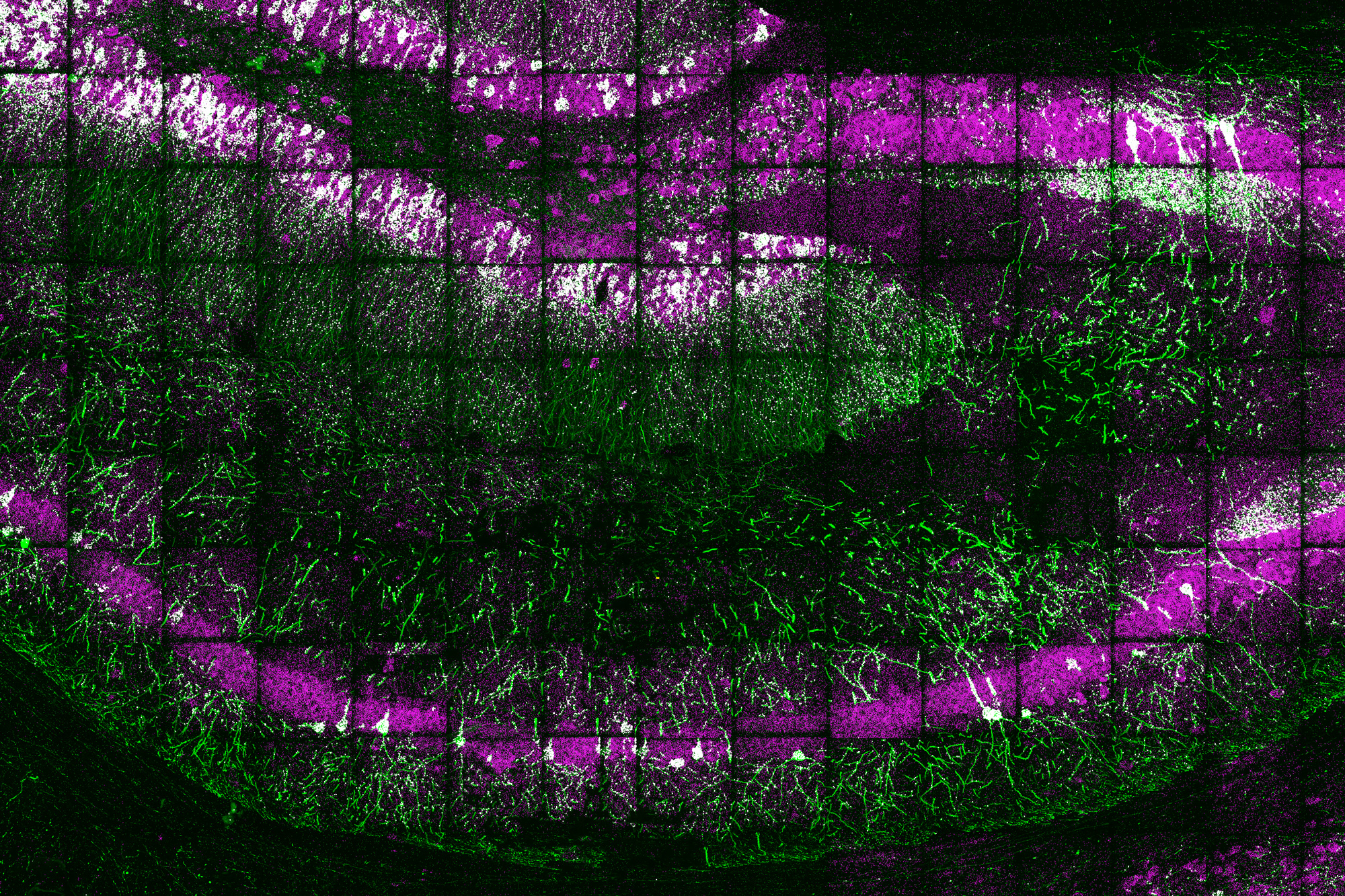Basic cell health systems wear down in Huntington’s disease, analysis shows
A new computational approach for analyzing complex datasets shows that as disease progresses, neurons and astrocytes lose the ability to maintain homeostasis.
David Orenstein | Picower Institute for Learning and Memory •
mit
Feb. 24, 2021 • ~6 min
Feb. 24, 2021 • ~6 min
/
8

